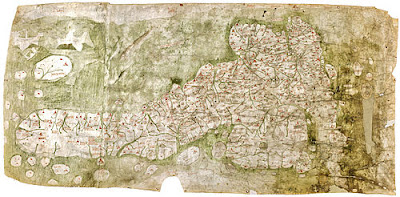Day 18
Joe showed us some of the presentations from previous years during our staff meeting today. We also went down to to the second floor to take a look at the room where our final presentations will be held in. After, my lab partner and I revised some of the slides in our PowerPoint so that the content was more visible to the audience. We added some pictures as well. I continued working on the camera image of sand in ImageJ for awhile. At 10:30, Amy and I went down to the fishbowl to listen to the PhD thesis defense on Ultrafast Laser Polishing for Optical Fabrication. The PhD student did a good job explaining a lot of the jargon. In the afternoon, my lab partner and I exported the data from ImageJ of the images we completed so far into Excel on a different laptop and converted the units from pixels to millimeters and then to microns (since our sieve sizes were in microns originally). With Chris's help, we were able to sort the long lists of particle diameters from smallest to largest ...





